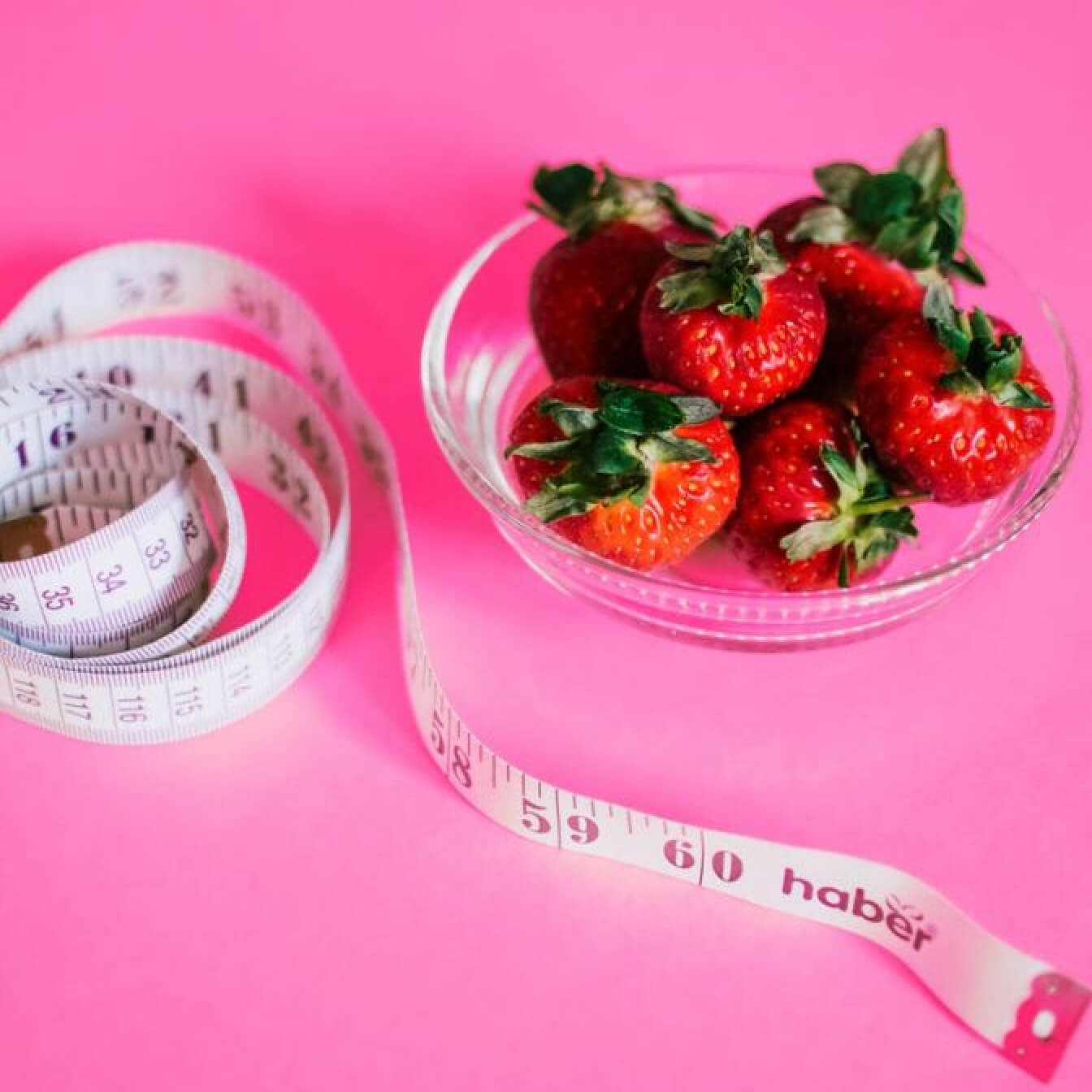The single-ingredient method
As a rule of thumb, parents should start weaning with single-ingredient foods.1 Single-ingredient foods make it easier to determine what, if any, your baby may be allergic to.
Introduce single-ingredient foods one at a time, every 2-3 days.2 Mashed banana, avocado, sweet potato, or softened, bite-sized bits of broccoli, cauliflower, or carrots are excellent options to start with.
Once you get to potentially allergenic foods (eggs, dairy, nuts, wheat, or fish), give your baby only tiny amounts.5Observe your baby for adverse or allergic reactions, which often manifest as a rash, eczema, swelling of the skin, diarrhoea, or vomiting.5-6 Given no signs of allergy, you can start to include these foods to your baby’s regular diet.5





